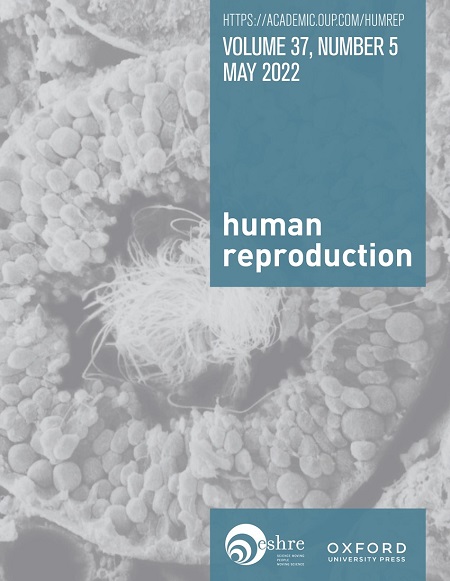双酚类物质对哺乳动物卵母细胞质量的损害机制
IF 6
1区 医学
Q1 OBSTETRICS & GYNECOLOGY
引用次数: 0
摘要
全球塑料工业中双酚类物质的广泛使用是人类健康日益受到关注的一个主要问题。双酚化合物很容易从塑料容器中渗透到食品、饮料和饮用水中,污染自然环境。每天接触双酚化合物会增加它们的负荷,损害包括生殖系统在内的各种器官。双酚类化合物直接或间接影响卵巢功能,如卵泡生成、甾体生成、卵子生成,从而影响卵母细胞质量。双酚A (BPA)及其结构类似物作为内分泌干扰物,诱导卵巢内活性氧(ROS)的产生。过量的活性氧诱导卵泡类固醇生成细胞的死亡途径并影响卵巢类固醇生成。雌二醇-17β水平的降低会损害卵泡的生长和发育,从而降低卵母细胞的数量和质量。此外,卵泡液中ROS水平过高会引发减数分裂不稳定,从而进一步恶化卵母细胞质量。高水平的ROS产生氧化应激,触发生殖细胞和卵母细胞的各种死亡途径,诱导卵泡闭锁,耗尽卵巢储备。尽管越来越多的证据表明双酚化合物在卵巢水平上具有破坏性作用,但人们对其潜在影响和导致卵母细胞质量恶化的潜在机制仍知之甚少。因此,本文就双酚类物质对卵巢损害、影响卵母细胞质量、影响女性生育能力的机制作一综述。本文章由计算机程序翻译,如有差异,请以英文原文为准。
Damage mechanisms of bisphenols on the quality of mammalian oocytes
The extensive use of bisphenols in the plastics industry globally is a major growing concern for human health. Bisphenol compounds are easily leached out from plastic containers to food, beverages, and drinking water and contaminate the natural environment. Daily exposure of bisphenol compounds increases their load and impairs various organs, including the reproductive system. Bisphenol compounds directly or indirectly affect ovarian functions, such as folliculogenesis, steroidogenesis, oogenesis, and thereby oocyte quality. Bisphenol A (BPA) and its structural analogues act as endocrine disruptors and induce generation of reactive oxygen species (ROS) within the ovary. Excess levels of ROS induce death pathways in follicular steroidogenic cells and affect ovarian steroidogenesis. The reduced level of estradiol-17β impairs follicular growth and development that reduces the number and quality of oocytes. In addition, excess levels of ROS in follicular fluid trigger meiotic instability, which further deteriorates oocyte quality. The high level of ROS generates oxidative stress that triggers various death pathways in germ cells as well as in oocytes, induces follicular atresia, and depletes ovarian reserve. Although growing evidence indicates the destructive effects of bisphenol compounds at the level of ovary, potential effects and underlying mechanisms that deteriorate oocyte quality remain poorly understood. Therefore, this review summarizes the mechanisms by which bisphenols cause damage to the ovary, impair oocyte quality, and affect women's fertility.
求助全文
通过发布文献求助,成功后即可免费获取论文全文。
去求助
来源期刊

Human reproduction
医学-妇产科学
CiteScore
10.90
自引率
6.60%
发文量
1369
审稿时长
1 months
期刊介绍:
Human Reproduction features full-length, peer-reviewed papers reporting original research, concise clinical case reports, as well as opinions and debates on topical issues.
Papers published cover the clinical science and medical aspects of reproductive physiology, pathology and endocrinology; including andrology, gonad function, gametogenesis, fertilization, embryo development, implantation, early pregnancy, genetics, genetic diagnosis, oncology, infectious disease, surgery, contraception, infertility treatment, psychology, ethics and social issues.
 求助内容:
求助内容: 应助结果提醒方式:
应助结果提醒方式:


